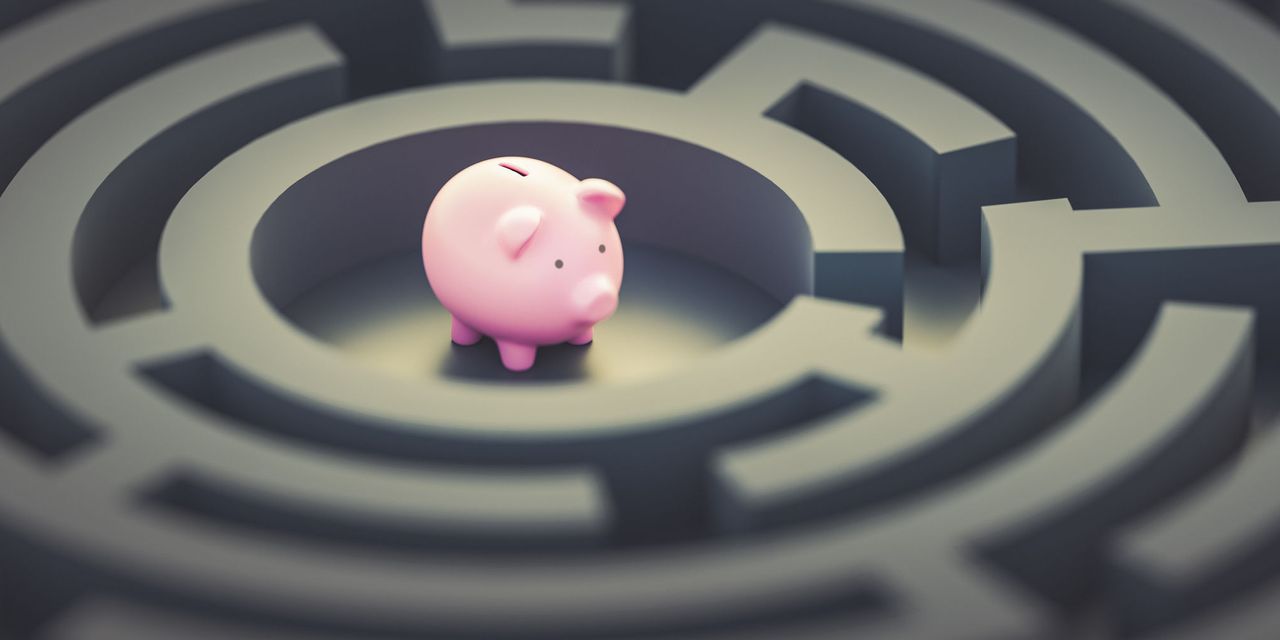
Do you have enough emergency savings?
Getty Images
With whispers of a recession in the air, many Americans, no doubt, want the cushion of a solid emergency savings fund (pros recommend 3-9 months worth of essential expenses in there). But the reality is this: The majority of Americans don’t feel comfortable with how much emergency savings they have — even as interest rates on high-yield savings accounts rise (you can see the highest rates you can get on a savings account here.)
Indeed, according to a new survey released by Bankrate, 58% of Americans now feel uncomfortable with the amount of emergency savings they have, which is up from just 46% two years ago. Discomfort is higher for millennials than it is other age groups. Fully 62% of Americans ages 26-41 are uncomfortable with how much savings they have, compared to 59% of Gen Xers and 51% of baby boomers. According to McBride, comfort level and the amount of savings increase with age, thus: “Millennials have less savings and less comfort with that savings than their Gen X and baby boomer counterparts.”
That comes as personal savings rates have fallen significantly. According to the latest data from the Bureau of Economic Analysis, the personal savings rate — defined as the percentage of their disposable income that people save – hit 4.4% in April of this year (the lowest level since 2008), compared to 12.6% in the same month of 2021. It was 6% even as of January of this year.
Why are more Americans uncomfortable with how much savings they have?
“There could be several factors contributing to the drop in savings from last year ranging from spiking inflation to people spending more as they resume some sense of normalcy in their lives,” says Christian Mitchell, executive vice president at Northwestern Mutual. With everyday items costing more than they have previously, the purchasing power of the dollar has decreased. For those whose wages have remained unchanged, dipping into savings has become a necessity, therefore depleting emergency savings just to cover normal expenditures.
Greg McBride, chief financial analyst at Bankrate, also sees inflation playing a big role here. “Inflation at the highest levels in 40 years will erode the comfort level with and buying power of your emergency savings,” he said in a statement.
You can see the highest rates you can get on a savings account here.
How to increase your emergency savings
Up your earnings if you can, even if you can only do it temporarily, says Bobbi Rebell, certified financial planner and author of Launching Financial Grownups. “Take on side hustles, and don’t be afraid to ask for a raise,” she says.
“Also, do a spending audit, you may have some lingering regular charges from apps or subscriptions that you may no longer be using or may be willing to take a break from while you build up your finances,” says Rebell.
“If you have consumer or student debt and you have multiple monthly payments, consider refinancing or consolidating your debt. This will free up some cash to set aside in savings,” says Mamie Wheaton, a financial planner at LearnLux. (You can see the lowest rates you can get on a personal loan here.)
You should also consider automatically having some part of your paycheck go right into a high-yield savings account.



